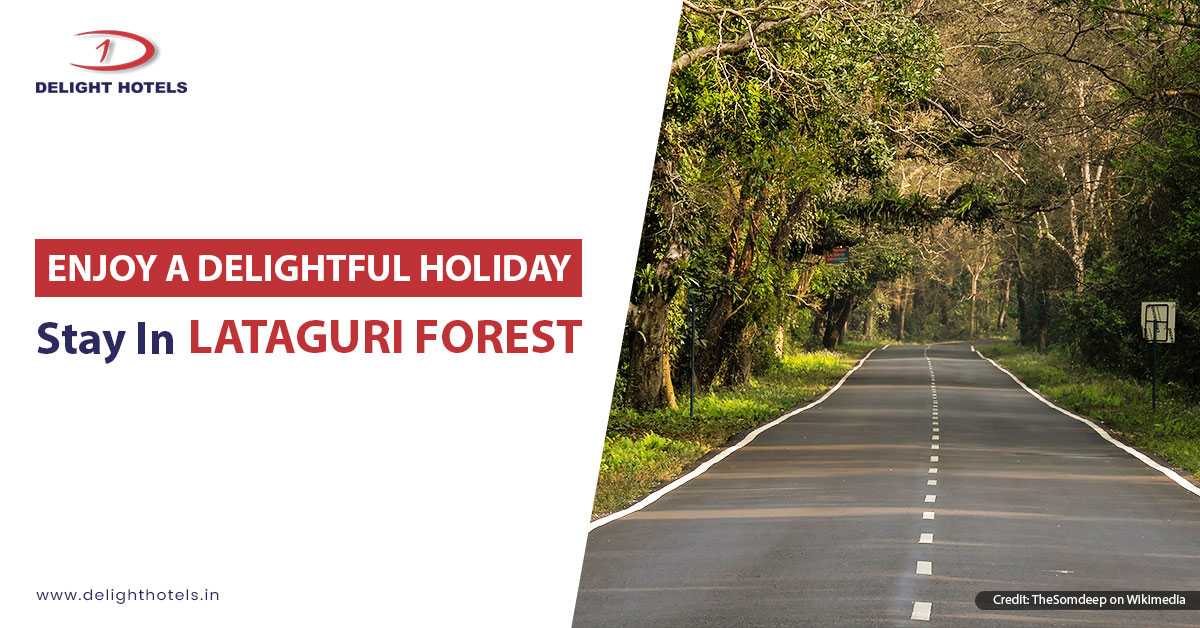Gangtok is a beautiful city with amazing things to do and see. So, pack your bags for the most amazing hill station with your family for a refreshing weekend.
Kanchenjunga National Park- a wondrous park in the lap of Mother Nature
Khangchendzonga National Park is also known as Kanchenjunga Biosphere Reserve is located in the North Sikkim district of the state of Sikkim. It was declared as a National Park in the year 1977 with a total area of 1784.00 Km2. The park gets its name from the third highest mountain in the world, Kanchenjunga which covers the background of the park. The park has a spectacular wilderness with snowy peaks above the pine forests which remain undisturbed. The park must rank as one of the most protected areas in the entire Himalayas.When the mountains are calling you, go conquer the highest peak in West Bengal! The Sandakphu trek takes you along the scenic Singalila Ridge through Kanchenjunga National Park. #India #IncredibleIndia @TourismBengal @tourismgoi @alphonstourism pic.twitter.com/3EcirxEjvm
— Incredible!ndia (@incredibleindia) August 13, 2018
The climate of Kanchenjunga National Park:
The park receives heavy snowfall during the most of the year because it is located between 27� 42�0'N and 88� 08�0'E. The climate of the park is pleasant during the summer between April and May making it a perfect family weekend getaway, while the monsoon season begins from May till October and during the winter it is colder and the temperature easily goes below 0 � C.Best time to visit the park:
The weather of Gangtok stays pleasant throughout the year and you can visit the park at any time of the year but there are some specific months when you can see the beauty of the park. The best time to visit the park is between the March to May and September to mid- December.How to reach the park:
By Air: The nearest airport is Bagdogra Airport. After reaching the airport you can hire a car to drive to Gangtok within 4 hours 8 minutes with a distance of 116 kilometers and then reach the National Park at a distance of 46 kilometers. You can also reach the park directly from Bagdogra Airport by taking a taxi. By Rail: The nearest railway station is NJP. You can hire a car from NJP, about 221 kilometers to Kanchenjunga National Park. By Road: Kanchenjunga National Park is well connected with road networks from Siliguri or Gangtok. You can hire a car and reach the national park by the nearest highway of NH 31A via Sevok-Gangtok.Park timings:
The park is open 24 hours from Monday to Saturday. On Sunday it is closed and during the Wednesday timings may differ.Park Entry Fees:
According to the Wildlife Protection Act, 1972, the Chief Wildlife Warden of the State Government grants permission to visitors looking for the National Park for the purpose of photography, tourism, scientific research, etc on the payment of the following prescribed entry fees:For Indian Nationals:
INR 350/- per person for the first 7 days INR 40/- per person per day for additional daysFor Students:
INR 80/- per person for the first 7 days INR 20/- per person per day for the additional days For local guides and Porters with the Team: 10/- per person per day Tent Pitching Charge: 50/- per tent per day Camera operating Fees: Still camera: 30/- Video camera: 1000/- Movie Camera: 35000/-Flora and Fauna in Kanchenjunga National park:
Kanchenjunga is located at a high altitude in Sikkim and hence is covered with various flora and fauna and a delight to the travelers.Flora:
The blossoming of the flora in the Kanchenjunga National Park can be divided into three zones:- Temperate broad-leaved forest
- Mixed coniferous forest
- Alpine scrub above
Fauna:
The national park is home to various endangered mammal species like Snow Leopard, Red Panda, Blue Sheep, Barking Deer, Marmont Monkeys, Musk Deer, Wild Dogs, and Rodents. Reptiles like Rat Snakes and Russell�s viper is also the inhabitant of the region.Avifauna:
More than 500 species and subspecies of birds can be found in Sikkim like Monal pheasants, Tragopan pheasant, osprey, Asian emerald cuckoo, sunbirds, now pigeon, Blood pheasants, satyr tragopan, and etc. The birds fly to the lower altitudes in winter as the higher altitudes are covered with snow and a new species, Himalayan forest thrush has been found in 2016 and added to the list.Things to do at Kanchenjunga National Park:
Explore the Goechala pass:
Goechala is a popular option for the tourists visiting Sikkim. It is situated at an altitude of 4947 meters and is one of the highest mountain passes located in the Himalayas. The trek starts from Yuksom and it is a delight to the eyes with rhododendron trees, quiet peaks and flowing water of Samiti lake.Khecheopalri Lake:
This lake is located in West Sikkim, around 150 kilometers away from Gangtok. This lake has a special significance for Buddhists and Hindus. It attracts thousands of pilgrims every year for Maghe Purne in March and Chho-tsho in October. Do check out the Buddhist Pagoda near the lake.Yuksom Valley:
A serene village located on the top of Kanchenjunga National Park. It is a popular destination both among the tourists and the pilgrims and Dubdi Monastery is one of the oldest Sikkim Monastery which is just an hour�s trek from the village.Best places to stay in Gangtok:
After spending a day in and around Kanchenjunga National Park, you can drive back to Gangtok for the best location to stay in Gangtok. You can also visit some sightseeing places for which this city is famous. You can look for a hotel which keeps you close to nature and Delight Hotels the Fortuna is one of the best hotels in Gangtok to have a leisure and comfortable stay. See, Eat and Stay!! Gangtok is generally cool and breezy all round the year and is the best destination for sightseeing. So, stay in the best hotel in Gangtok with all the rendered services from hotel facilities to room amenities to stay in comfort and leisure amidst the beauty of nature.Comments (0)




